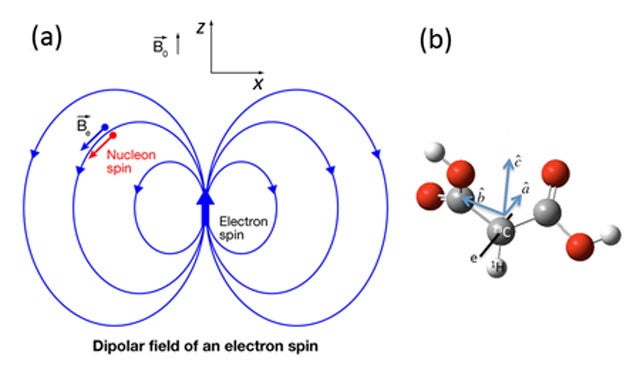Thursday, October 20, 2011
An American Physical Society article describes a recent IQC experiment as a kind of subatomic dance with a bright future in quantum information research.

The APS “Viewpoint” article, written by University of Buffalo physicist Xuedong Hu, describes how IQC researchers put nuclear spins “into lockstep” with instructions from an electron — an important step forward in using nuclear spins for quantum computation.
Hu’s article is a commentary on a paper published in a recent edition of Physical Review Letters, jointly authored by IQC researchers Yingjie Zhang, Colm Ryan, Raymond Laflamme and Jonathan Baugh.
The paper explores a new technique developed at IQC — a novel method for controlling quantum bits (qubits) using nuclear spins. The technique capitalizes on the “anisotropic hyperfine interaction” between an electron and two nuclear spins in a solid-state system.
The result indicates that these types of interactions may be exploited to create other more controllable and scalable systems for quantum computing.
Writes Hu: “The future of the technique described in this paper seems bright.”